They’re Argentine woman chefs, leading entrepreneurs and stars of their field who all share a love of Argentine cuisine. Part of a much larger collective, they’re living proof of the rising prominence of women in the food industry.
The four professionals chosen (Ana Laura Ponce, Ximena Sáenz, Julieta Caruso and Graciela Hisa) live and work at all four points of the compass in some of the country’s most popular touristic destinations: Tilcara (in Jujuy), Buenos Aires, Bariloche (in Río Negro) and Tunuyán (Mendoza).
Anyone who’s ever visited one of these places knows that their restaurants are an essential stop and also a means of recognizing the achievements of Argentine woman chefs.
Argentine woman chefs
Ana Laura Ponce, El Patio restaurant, Tilcara, Jujuy
Born in Santiago del Estero, Ponce travelled widely in her career before settling down in Jujuy: she worked at a 5-star hotel in Tucumán, was an intern at the famous Mugaritz (the Michelin starred restaurant in the Basque country), before working in Mendoza. One day, while she was on vacation in Jujuy, she fell in love with Andean cuisine.
Armed with her grandmother’s recipe book and plenty of determination, she chose to commit to local produce and northern Argentine knowhow to make her dream come true. Today she’s the owner of El Patio, a village restaurant, as she likes to call it.
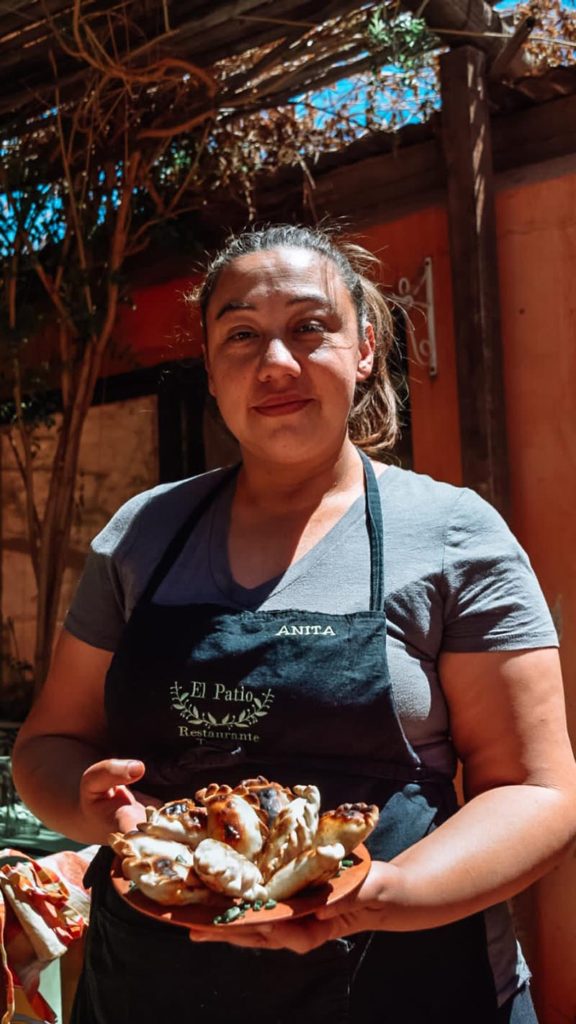
“It’s a typical northern house where you eat on a brick floor patio in the shade of the vines. It’s like eating at a local’s home. Our dishes are generously portioned and delicious, I’m very proud to call myself a cook from the north of Argentina.”
What to eat? For starters, try her extremely creamy version of Humita corn. “It’s a traditional Tucuman recipe I learned at home.” There’s also plenty of llama meat, empanadas, tamales jerky filling, spicy corn and calapurca soup (an ancient wonder cooked on hot stones), among many other delicacies.
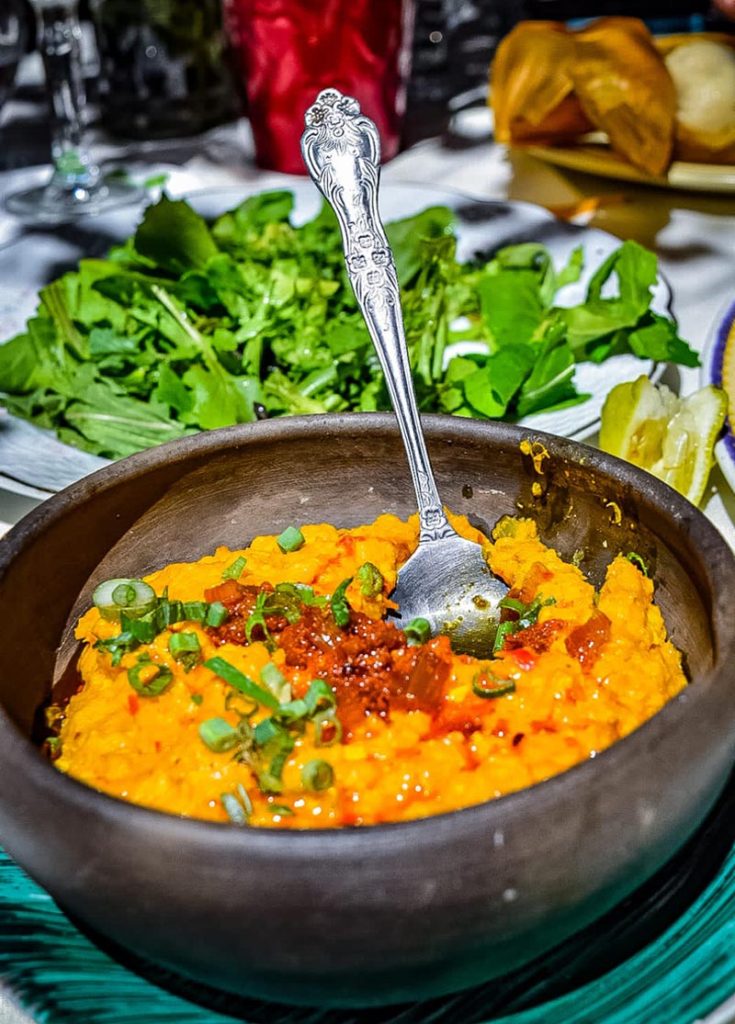
“My team is small but powerful. We’re all Argentine woman chefs, and that’s a wonderful thing. Of course, during the high season we need more help and my husband takes care of the charcuterie because he’s a butcher. When I started out it was a different world, kitchens were full of men, there was nowhere for me to get changed and nobody cared. When I was able to set up my own place I always thought about things like that”.
“We’re girls and everything that comes with it. One day our hormones are soaring, another our ovaries hurt. We’re workers, we make family meals and today I’m very glad to see lots of talented, well-respected cooks and that makes me happy.”
El Patio de Tilcara. Gral. Lavalle 352, Tilcara, Wednesdays to Mondays, midday and evening.
Ximena Saénz, Casa Sáenz restaurant, Buenos Aires
Most Argentines are familiar with Ximena Sáenz because for 12 years she presented a very popular show on public television: Argentine Cooks. Today she runs her brand new restaurant in Barrancas de Belgrano, one of the gastronomic hubs of the City of Buenos Aires where new restaurants are opening every day.
“My cooking is simple. I love the recipes you make at home in different countries and try to recreate them with the same love. I cook fresh using top quality ingredients from all across the country. We use plenty of herbs and spices and try to get as much flavor as we can out of each dish. We want our cooking to be more of a hug than a surprise.
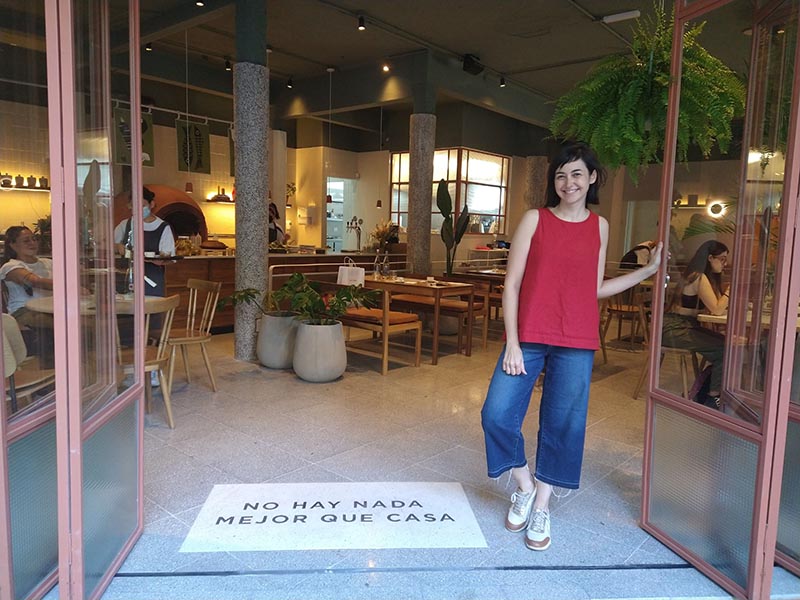
“I always imagined my restaurant as a place full of women, who would be treated well and equally. I’ve worked in plenty of kitchens where the constant stream of sexist jokes was exhausting so I envisaged an environment where that wouldn’t happen. I’m proud to have achieved that. The men who work in the kitchen belong to a different generation.
“I think we need to expand gender awareness training like that being given by the El Mapa de Barmaids. Little by little we’re seeing more women run kitchens and it brings me great joy. Each of them is an example and I think they run their kitchens with more empathy. We still need to raise our voices to protest things we’d like to see an end to: abuse and mockery that feel like they come from a different century. But I’ve seen major change since I started out 16 years ago.”
What to eat? The menu is split between proteins and sides that can be combined in hundreds of different ways with the clay oven a major protagonist. There’s pork milanesas, fish with herb butter and lemon, smoked hen from the clay oven and much more.
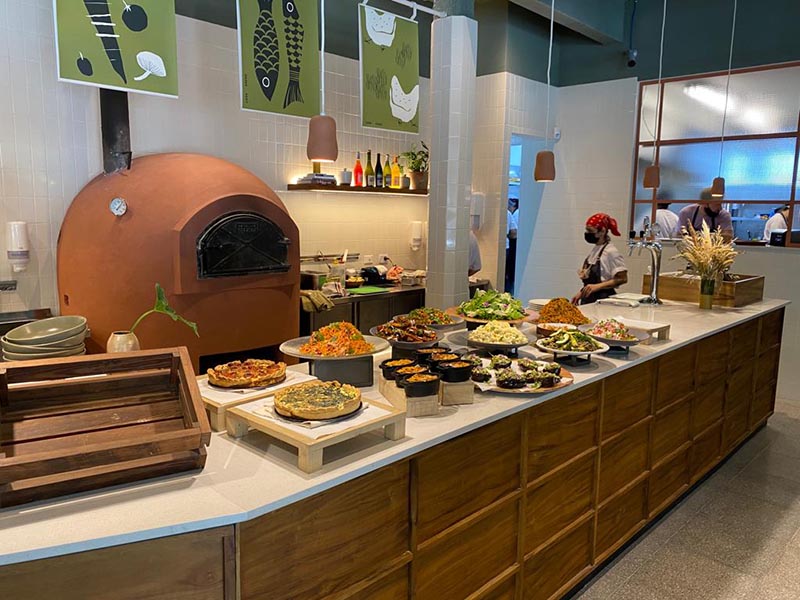
The sides include options that can be chosen from a display: dishes such as barbecued broccoli, avocado and quinoa, roasted sweet potatoes, squash and carrots, eggplants stuffed with herb ricotta, and cous cous are accompanied by tarts and lovingly made sandwiches, all of which feature an original twist of flavor (like the fries sprinkled with kimchi dust). The menu is also full of craft producers while the desserts and pastries are another big strength.
Casa Sáenz Echeverría 2102, CABA. Seven days a week from 12PM to 12AM.
Julieta Caruso, La Cabrona Food Truck, Bariloche, Río Negro
First, it’s important to note that Julieta Caruso is also the executive chef at Casa Cavia, one of the best restaurants in Buenos Aires. Enormously talented and extensively trained (she was head chef at Mugaritz and has travelled across most of the planet), she is the owner of Food Truck La Cabrona in Bariloche, her home town on the shores of the stunning Lake Nahuel Huapi.
“I always try to set up mixed teams, I believe that people complement one another. I like to consider people in terms of their experience, virtues and defects when I put together teams at work. It wouldn’t occur to me to pick a team according to gender, but who they are. We try to show them respect as human beings regardless of gender.”
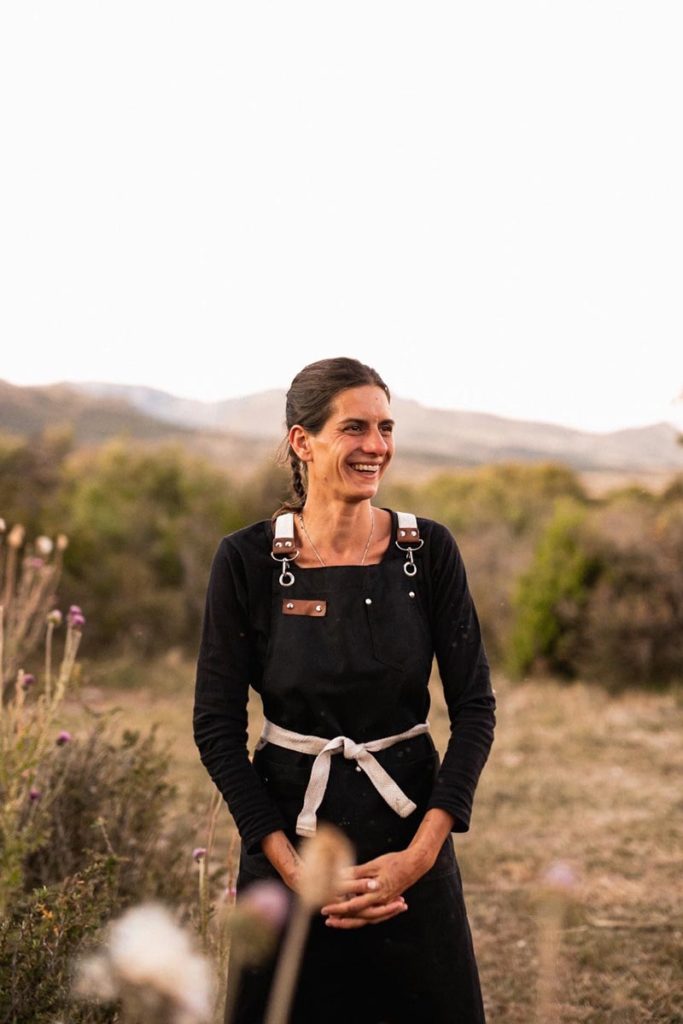
What to eat? The menu changes every day, but it’s Street Food in capital letters. You might find fried chicken or roasted cheese sandwiches and others with fillings of milanesa, porchetta, lamb or pork. There are homemade burgers, baozi with different fillings and falafel. And there’s always a vegetarian option. If the weather is fair, then La Cabrona is the place to be.
La Cabrona Av. Bustillo, Km2, Bariloche. From Monday to Sunday, 12 to 15.30
Graciela Hisa, Esencia Espacio, Vista Flores, Tunuyán, Mendoza
Graciela Hisa is the director of Esencia Espacio, a venue dedicated to promoting art, gastronomy and wine (it’s both a restaurant and an educational workshop), in Las Pérgolas, Vista Flores, Tunuyán. She is a leading light of Mendozan cuisine who trained in Mendoza before taking post-graduate degrees in France and Italy, has been president of the Association of Gastronomic Restauranteurs of the Americas and Across the World (Aregala), has run different enterprises and is also a professor.
“Today my team is 90% women, I’ve found them to be more willing and better communicators, especially early in their careers when they’re eager to learn. But I don’t make gender a condition when I set up a team, I take into account ability, respect, talent and commitment.
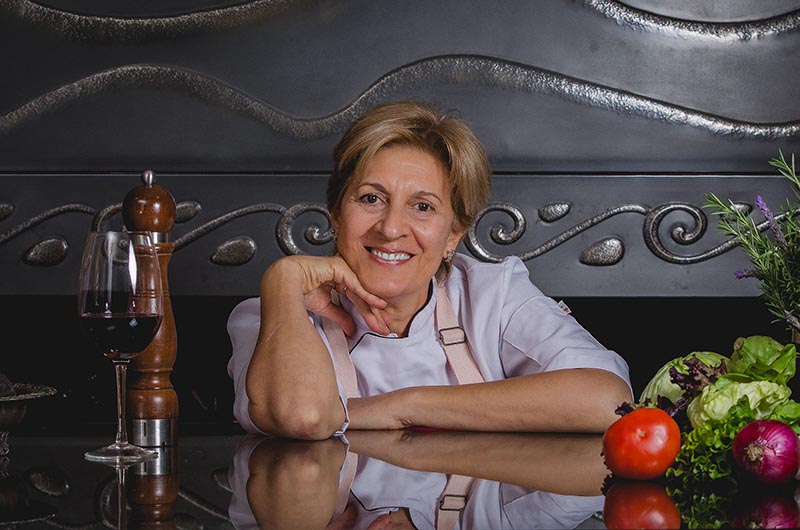
“When I started out, that ratio was inverted; I’ve led kitchen teams for over 25 years, and they were mostly men. It wasn’t easy but I always managed to get the best out of them. The results are always down to team work.
“I think that today professional opportunities are more equitable, new generations of women chefs are more authentic and confident but there’s still a lack of recognition, among the prizes for instance.”
What’s her concept? “I cook using recipes from my mother and grandmother as well as the techniques I’ve learned and paying respect to the ingredients, which always define my dishes. I also like to offer dishes from around the world; we vary them every week.”
Esencia Espacio RP 94 s/n intersección RP 92, Vista Flores, Tunuyán. Reservas: +54 9 261 6935146.
These are just 4 Argentine women chefs. Of course, there are many more.

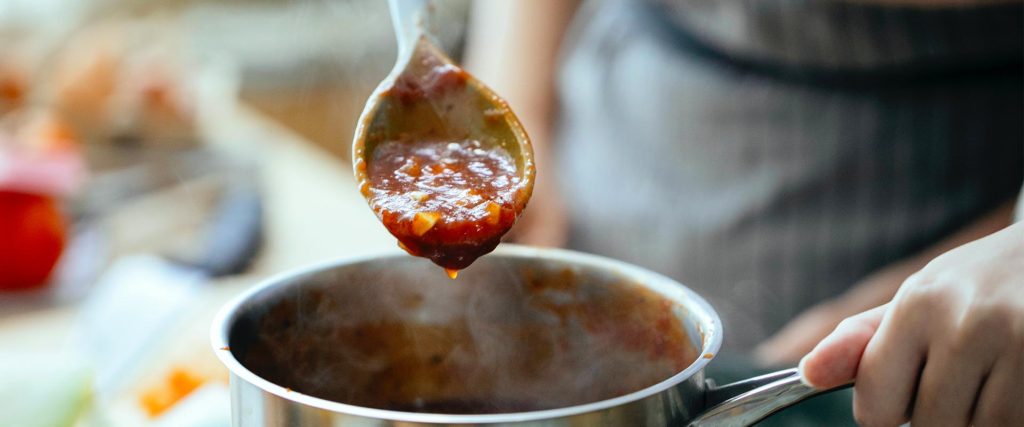

Pingback: Women Chefs From Argentina: 7 Delicious Stories